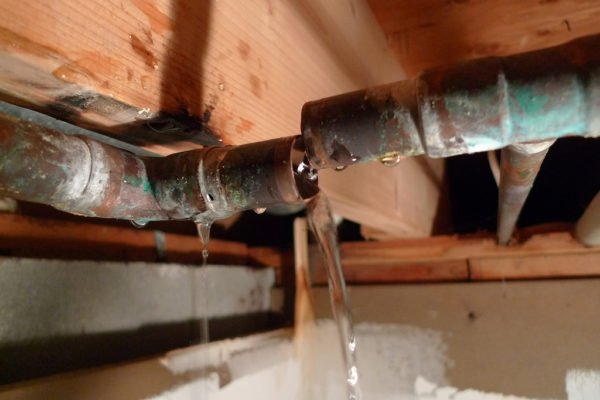Poor indoor air quality due to improper ventilation can affect your family’s health and well-being. Regardless of your budget, you can improve your home’s ventilation in several ways.
The Importance of Proper Ventilation in Your Home
Improving ventilation in your home is important to your family’s health. Fresh air circulation exchanges unwanted stale air and inhibits biological growth in humid environments. Some building materials outgas VOCs, volatile organic compounds that can build up to harmful levels without proper ventilation inside your home.
People who suffer from asthma or allergies also benefit more when their homes receive adequate ventilation. You can take several steps to maintain fresh airflow in your home that range from simple and inexpensive to whole-home ventilation solutions.

Manage Outside Airflow to Improve Ventilation
Sometimes the solution to ventilation problems can be as simple as opening a few windows to allow a cross breeze at the appropriate time of day or night. If summers are relatively hot in your area, open some windows at night if you have screens installed. This strategy will ensure the delivery of fresh air, and it’s the most cost-effective way to improve ventilation in your home. Those who suffer from allergies and asthma, however, may want to be mindful of outside environmental conditions before opening windows.
Use Fans to Increase Airflow
Place fans around your home or install ceiling fans in rooms to help with air circulation. Fans help to move air around and can also help with lowering home energy costs. While buying a portable fan and placing it in a room is a simple task that you can accomplish yourself, installing a ceiling fan requires some careful installation. Consult an electrician or home services professional to help you install ceiling fans correctly in your home.

Turn On Exhaust Fans to Control Indoor Humidity
Installing and using exhaust fans in rooms such as the kitchen, bathroom, and laundry room is a low-cost option that transfers stale air outside the home and decreases indoor humidity levels. Air inlet vents can also be placed at strategic places in well-insulated homes to allow for better fresh air exchange. A good exhaust system is essential to creating a healthy home. You could also consider getting a humidifier to control indoor humidity. Check out more information about them in the infographic below.
Infographic Provided by American Residential Services
Consider a Whole-Home Ventilation System
A permanent solution to addressing problems with your home’s ventilation concerns is to invest in a whole-home ventilation system that mechanically removes indoor air pollutants and replaces stale air with fresh air regardless of the weather or time of year. An existing HVAC system can have indoor air-cleaning adds-ons such as air purifiers, humidifiers, and ventilators. For more information about these enhancements, consult an HVAC technician in your area.
Additionally, remember to change the air filters in your HVAC system monthly so that they work optimally throughout the year.
If you aren’t sure about the quality of your home’s ventilation, indoor air quality experts like ISO Cleanroom can inspect your home and let you know what options are available to you. The good news is that you can start improving your home’s ventilation today.








